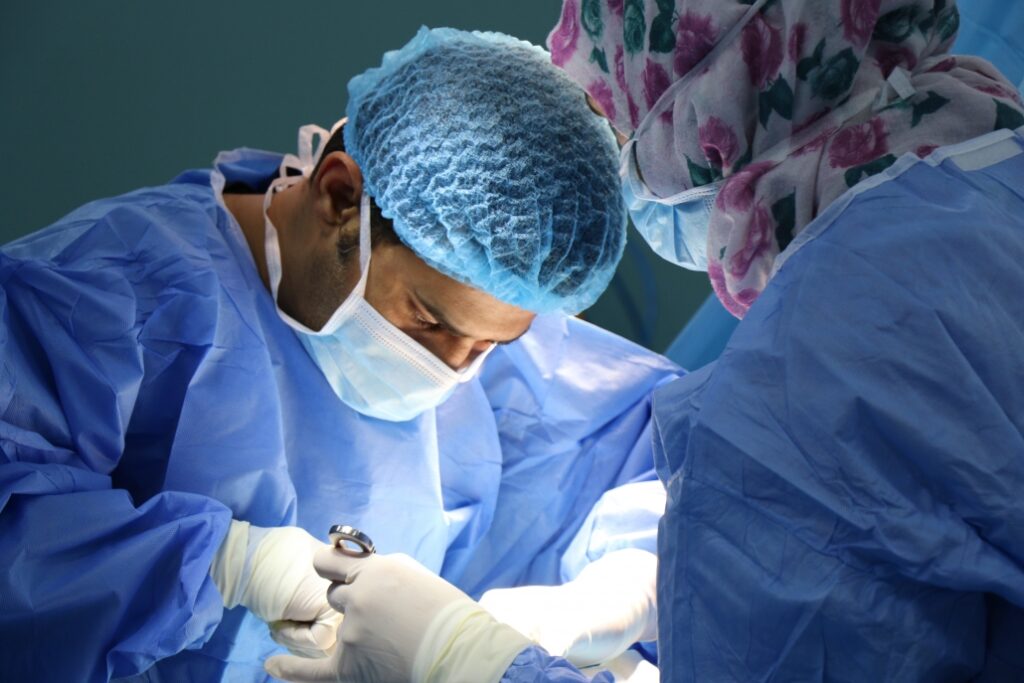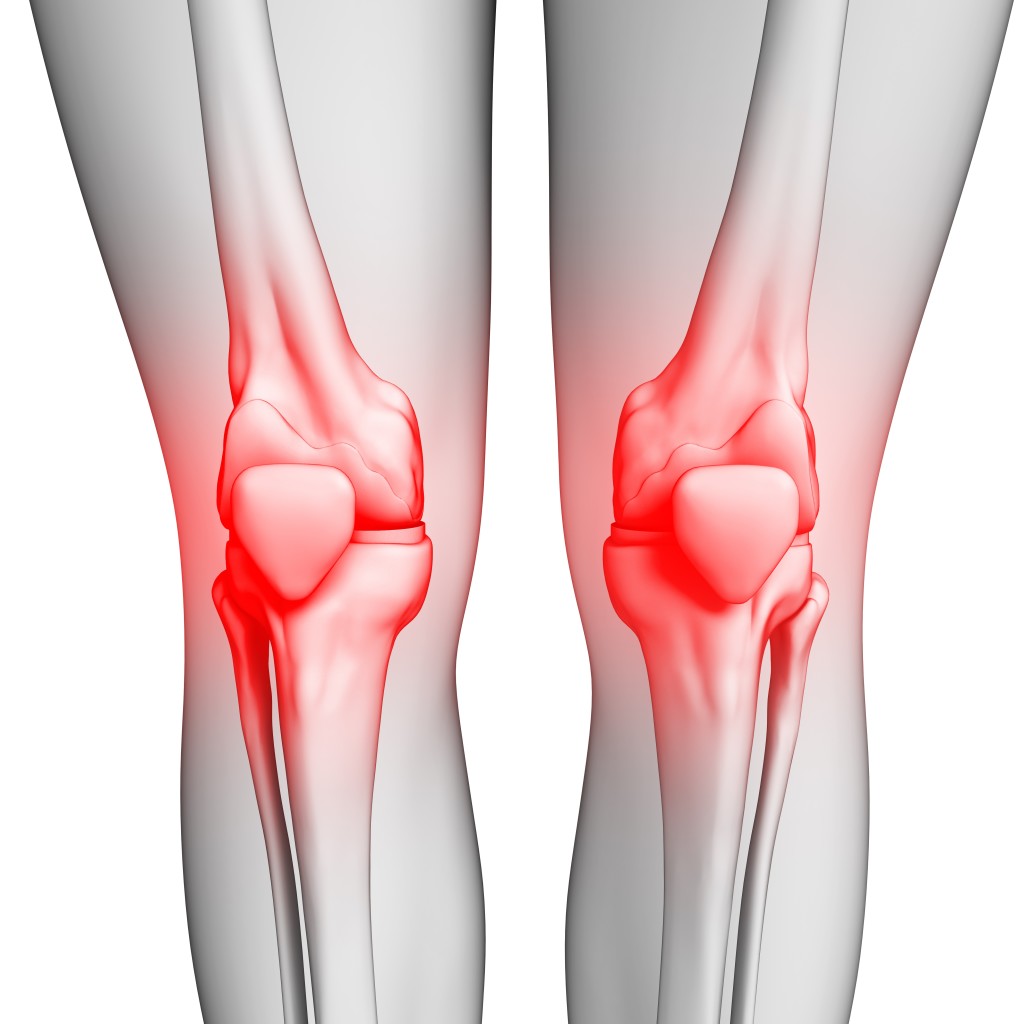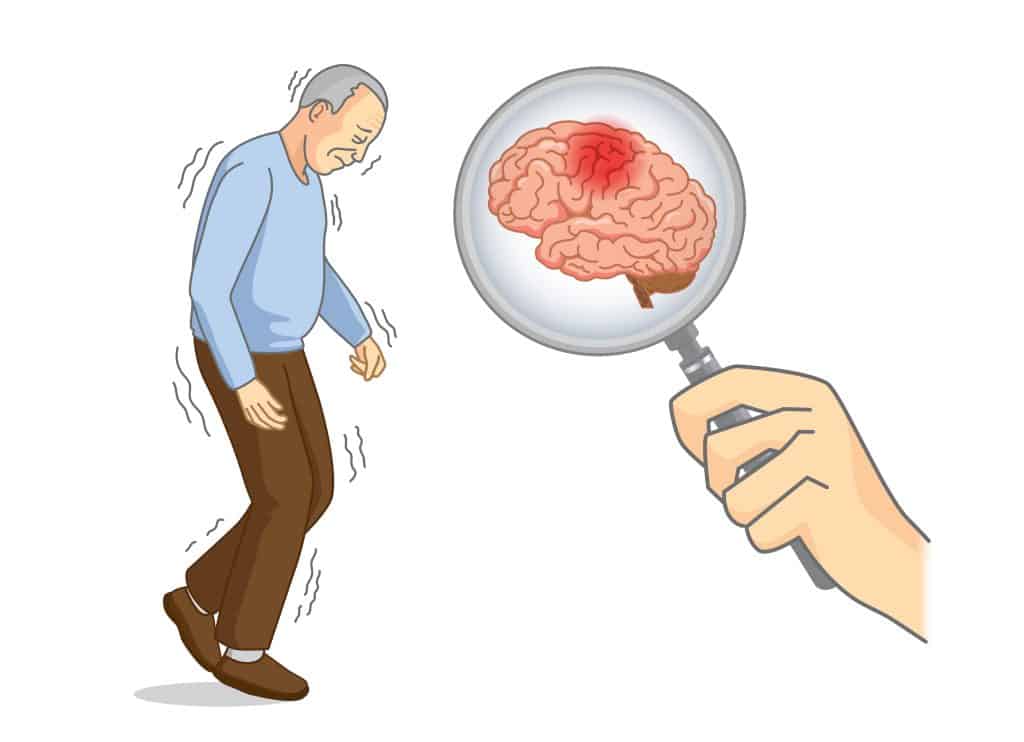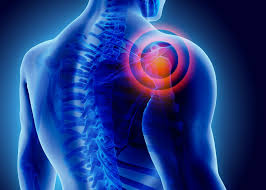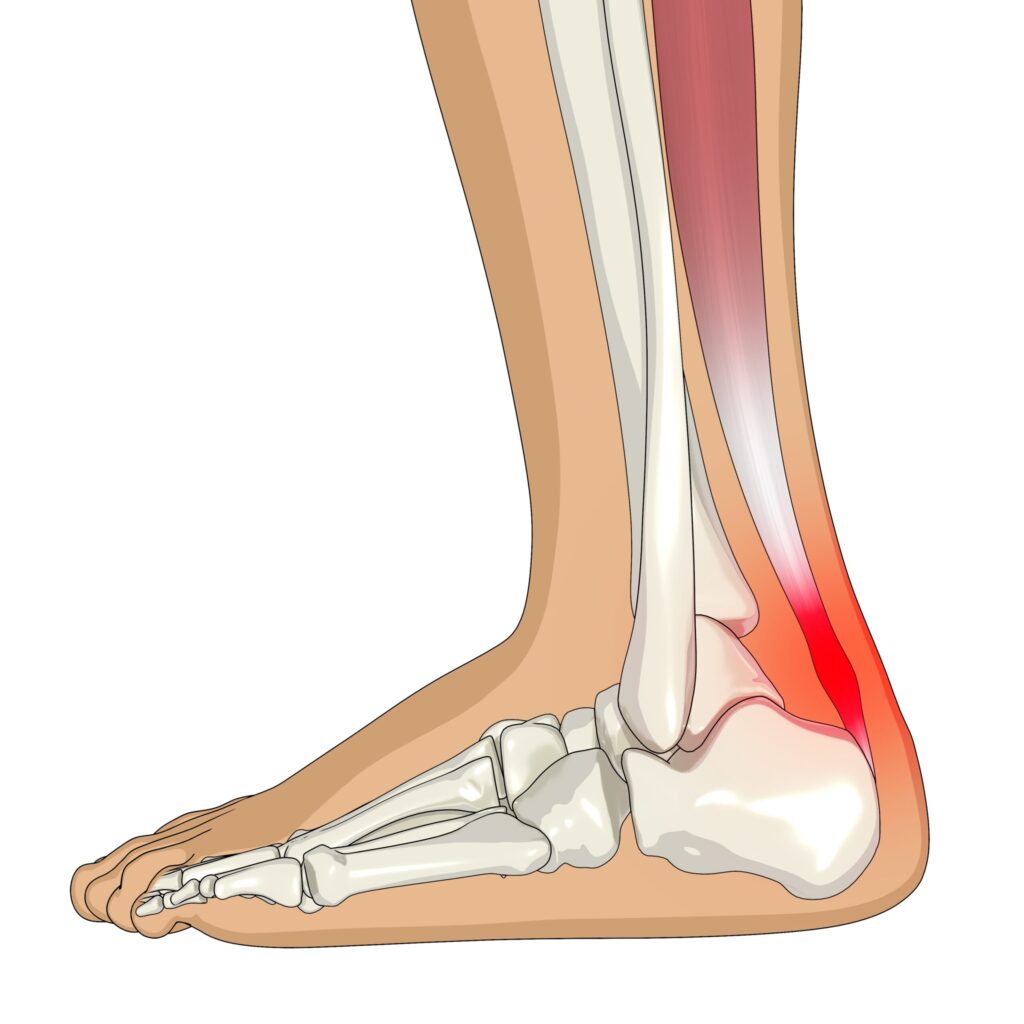Physiotherapy
A Path to Restoring Movement and Function

Physiotherapy, also known as physical therapy, is a branch of healthcare dedicated to improving and restoring movement, function, and quality of life for individuals affected by injury, illness, or disability. By utilizing evidence-based techniques and interventions, physiotherapists address a wide variety of physical challenges, aiming to enhance an individual’s overall well-being. The profession is centered around improving mobility, relieving pain, and preventing injuries, ensuring that patients regain independence and function to the fullest extent possible.
Core Objectives of Physiotherapy
The primary goals of physiotherapy include promoting recovery, managing pain, and preventing future injuries. Physiotherapists assess their patients’ specific needs and craft personalized treatment plans designed to address individual concerns and goals. These treatment plans often focus on several core areas:
1. Improving Mobility: Mobility issues caused by joint stiffness, muscle weakness, or neurological conditions are common in many individuals. Physiotherapy aims to alleviate these restrictions by using techniques that improve joint and muscle function.
2. Pain Relief: Managing pain is a critical part of physiotherapy treatment. Techniques such as manual therapy, therapeutic exercises, and modalities like heat, cold, and electrotherapy are commonly used to reduce discomfort.
3. Rehabilitation: After surgery, injury, or illness, physiotherapy plays an essential role in helping individuals regain lost function. Rehabilitation focuses on enhancing strength, flexibility, and overall functional capacity, enabling patients to return to their daily routines.
4. Prevention: Physiotherapists are dedicated to preventing future injuries and health problems. They educate patients on topics such as proper posture, ergonomics, and exercises to help avoid recurring issues.
Physiotherapy covers a broad spectrum of specialties, each catering to specific types of injuries, conditions, or life stages. Below are some key areas of practice and conditions that physiotherapists work with:
1. Orthopedic Physiotherapy
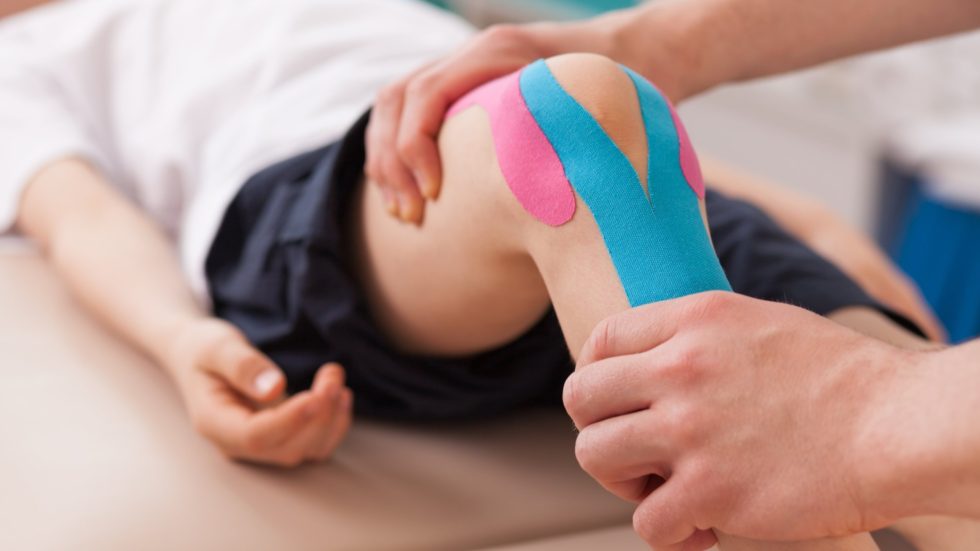
Orthopedic physiotherapy focuses on musculoskeletal injuries, such as fractures, arthritis, and back pain. This specialty is particularly valuable for individuals with musculoskeletal disorders, including conditions like lower back pain, frozen shoulder, trigger finger, tennis elbow, and osteoarthritis of the knee joint. These conditions can limit mobility, cause pain, and hinder quality of life.
Lower Back Pain: One of the most common orthopedic conditions, lower back pain can be caused by several factors, including poor posture, heavy lifting, degenerative conditions, and spinal stenosis. Treatment involves exercises to improve posture, strengthen muscles, and increase mobility, along with strategies to manage pain and prevent future flare-ups. Diet plays a role too; foods rich in anti-inflammatory properties, such as omega-3 fatty acids and calcium-rich foods , can help manage symptoms.
Frozen Shoulder (Adhesive Capsulitis): This condition results in pain and stiffness in the shoulder joint, often leading to difficulty with arm movement. Immobilization, repetitive overhead activity, and certain medical conditions like diabetes can contribute to this issue. Treatment typically involves gentle stretching, strengthening exercises, and anti-inflammatory dietary choices, including turmeric and ginger, to help alleviate pain and stiffness.
Trigger Finger: A condition where one or more fingers get stuck in a bent position, trigger finger results from inflammation of the tendon sheath. Repetitive hand movements, medical conditions like diabetes, and inflammation contribute to this condition. Management strategies focus on exercises to improve flexibility and joint mobility, along with a diet high in antioxidants and omega-3 fatty acids to reduce swelling.
Tennis Elbow (Lateral Epicondylitis): Caused by repetitive arm and wrist motions, tennis elbow leads to pain and weakness in the outer elbow. Treatment involves strengthening exercises, manual therapy, and anti-inflammatory measures. A diet rich in antioxidants and vitamin E, combined with magnesium-rich foods, supports tissue healing and muscle relaxation.
Osteoarthritis of the Knee: Osteoarthritis in the knee joint leads to pain, stiffness, and limited mobility. It is often caused by natural wear and tear, previous injuries, or obesity. Treatment includes strengthening exercises, weight management, and anti-inflammatory dietary choices such as omega-3 fatty acids and calcium-rich foods to reduce cartilage degeneration.
2. Neurological Physiotherapy

Neurological physiotherapy addresses conditions that affect the nervous system, such as stroke, multiple sclerosis, and Parkinson’s disease. These conditions can lead to motor impairments, weakness, and coordination issues.
Stroke Rehabilitation: A stroke often leads to motor impairments, weakness, and difficulty with balance. Physiotherapy helps restore mobility, strength, and functional independence. Post-stroke patients benefit from a diet rich in omega-3 fatty acids, antioxidants, and high-protein foods to promote brain health and reduce inflammation.
Parkinson’s Disease: Parkinson’s is a neurodegenerative disorder that causes tremors, rigidity, and movement issues. Physiotherapy focuses on improving movement, reducing the risk of falls, and enhancing overall mobility. A balanced diet that includes antioxidants, high-fiber foods, and sufficient vitamin D supports neurological health and helps manage symptoms.
Multiple Sclerosis (MS): MS is an autoimmune disorder that leads to muscle weakness, fatigue, and spasticity. Physiotherapy plays a crucial role in managing symptoms and helping patients maintain function. Anti-inflammatory foods, such as omega-3 fatty acids and antioxidants, help reduce flare-ups, while vitamin D and calcium support bone health.
Spinal Cord Injury (SCI): Spinal cord injuries can result in partial or complete loss of motor and sensory function below the injury site. Rehabilitation focuses on improving mobility and strengthening unaffected muscles. A high-protein diet supports muscle repair, while antioxidants aid in tissue recovery.
3. Cardiopulmonary Physiotherapy

Cardiopulmonary physiotherapy focuses on enhancing respiratory and cardiovascular health, especially after heart attacks or lung surgeries.
Chronic Obstructive Pulmonary Disease (COPD): COPD is a progressive lung disease characterized by difficulty breathing. Physiotherapy involves techniques such as pulmonary rehabilitation and breathing exercises to improve lung function. A diet rich in antioxidants and omega-3 fatty acids, along with proper hydration, can help reduce inflammation and support lung health.
Asthma: Asthma is a chronic inflammatory condition affecting the airways. Physiotherapy helps individuals manage symptoms through breathing control techniques and posture improvement. A diet rich in vitamin C and omega-3 fatty acids helps reduce airway inflammation.
Pneumonia and Respiratory Distress: Pneumonia and acute respiratory distress syndrome (ARDS) can result in breathing difficulties. Physiotherapy interventions may include airway clearance and breathing exercises to aid recovery. High-protein foods and adequate hydration are critical to supporting lung tissue repair and improving respiratory function.
4. Pediatric Physiotherapy

Pediatric physiotherapy addresses developmental delays, congenital conditions, and movement disorders in children. Conditions such as cerebral palsy, torticollis, and clubfoot can be managed with physiotherapy interventions tailored to the needs of children.
Cerebral Palsy (CP): CP is a group of disorders caused by brain injury during development, leading to motor difficulties. Physiotherapy enhances mobility, muscle tone, and coordination. A diet rich in vitamins, minerals, and omega-3 fatty acids supports brain function and physical development.
Spina Bifida: This neural tube defect results in incomplete spinal cord and vertebrae development. Physiotherapy helps prevent joint deformities and strengthens muscles. A balanced diet with adequate folic acid intake can support continued development in children with spina bifida.
5. Sports Physiotherapy

Sports physiotherapy focuses on preventing and rehabilitating injuries related to physical activities and sports. Conditions such as sprains, strains, fractures, and tendonitis are common in athletes and active individuals.
Sprains and Strains: Sprains are ligament injuries, while strains affect muscles and tendons. Physiotherapy focuses on rehabilitation and pain management through exercises and manual therapy. A diet rich in protein and omega-3 fatty acids supports muscle recovery and reduces inflammation.
Fractures and Dislocations: Injuries such as broken bones and dislocated joints require specific rehabilitation programs. Physiotherapy focuses on restoring strength and mobility post-injury. A diet high in calcium, vitamin D, and protein supports bone and tissue repair.
ACL Tears and Meniscus Tears: Common in athletes, these knee injuries require physiotherapy to restore function and prevent further damage. Bone broth and collagen-rich foods, along with anti-inflammatory options, help promote recovery.
6. Geriatric Physiotherapy

Geriatric physiotherapy addresses age-related conditions such as osteoporosis, balance disorders, and arthritis. As people age, physiotherapy can help improve quality of life, reduce pain, and prevent falls.
Osteoarthritis and Osteoporosis: These conditions lead to joint pain and reduced bone strength. Physiotherapy helps with strengthening exercises, balance training, and posture correction. A diet rich in calcium, vitamin D, and protein helps maintain bone health and prevent fractures.
Benefits of Physiotherapy
Physiotherapy provides numerous benefits, such as improved mobility, reduced pain, enhanced recovery, and prevention of future injuries. Whether dealing with musculoskeletal injuries, neurological conditions, or age-related issues, physiotherapy plays an essential role in restoring function and improving overall quality of life.
Physiotherapy at Aaziban
We at Aaziban Care Center offer a comprehensive range of physiotherapy and rehabilitation services. Our experienced team creates personalized treatment plans tailored to each patient’s specific needs, utilizing state-of-the-art equipment and techniques to facilitate recovery and promote independence. The center is committed to providing the highest standard of care and support to all patients.
Key Features of Aaziban Care Center:
- Best quality therapy ensuring effective treatment
- Highly experienced and qualified therapists for expert care
- Quick recovery rate with specialized techniques
- Advanced electrotherapy for faster healing and pain relief
- Affordable cost, making high-standard treatment accessible to all
In addition to physiotherapy, Aaziban Care Center provides services in:
- Advanced pain management
- Special education
- Occupational therapy
- Nutrition
- Speech therapy
- Psychological Counselling
For more information or to schedule an appointment, contact Aaziban Care Center at +91 90073 33224.








